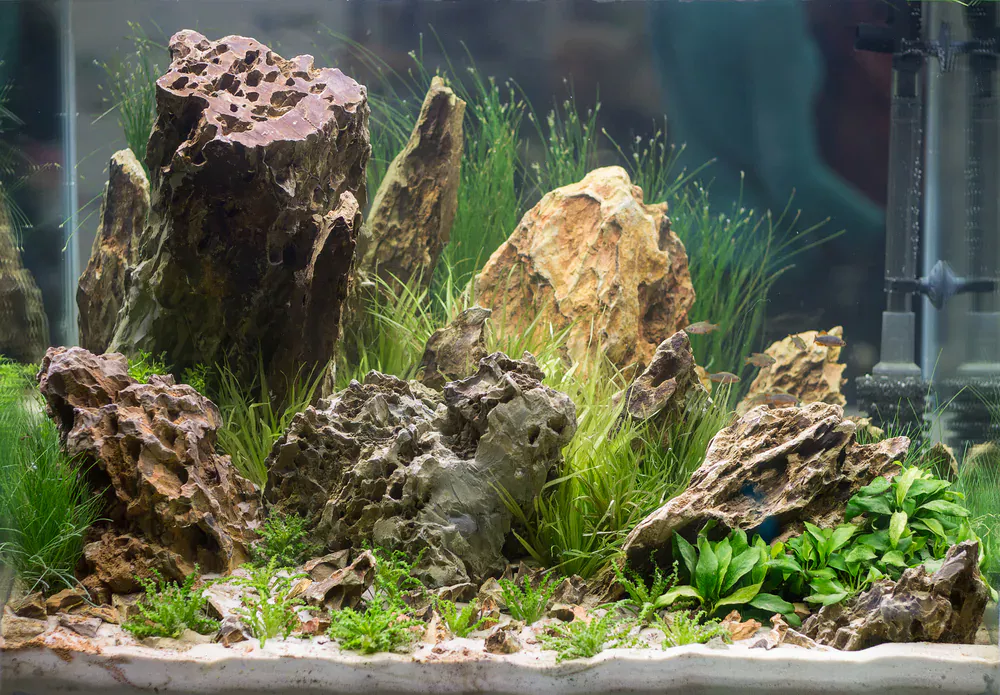If you care about your fish, then you probably know that aquarium rocks are an important part of maintaining healthy water conditions in your aquarium. You don’t want to use toxic or dangerous aquarium rocks with your fish tank. You need to know if that rock is safe for the marine environment. If it isn’t, then it may cause a problem that could be very bad for your fish’s health and well-being.
In this article, we’ll go over how to identify as many of the rocks out there as possible so that you can make educated decisions on which ones to purchase.
- 1 Are All Rocks Safe For Aquarium?
- 2 List Of safe Rocks For Aquarium
- 3 List Of Unsafe Rocks For Aquarium
- 4 How To Find Aquarium Safe Rocks
- 5 Are River Rocks Safe For Aquariums?
- 6 How To Make River Rocks Safe For Aquarium?
- 7 Are Outdoor Rocks Safe For Aquariums?
- 8 How To Keep Rocks Clean In Fish Tank?
- 9 Conclusion
Are All Rocks Safe For Aquarium?
No, all rocks are not safe for aquariums. Some rocks can be dangerous to your fish. You should consider buying some special rock that is safe for your fish.
The most important thing that you should know before selecting a rock is its hardness. The hardness of the rock refers to its ability to support itself on the substrate without breaking or damaging it.
The hardness of any type of rock plays an important role in determining whether it is safe or not for aquarium use. If you want to use a certain type of rock in your aquarium then it must be hard enough so as not to damage your tank’s decor or break into pieces while cleaning up after your fish.
There are many types of rocks available in the market which are suitable for different types of tanks and setups but there are also some which cannot be used at all because they pose a threat to the health of your fish and those around them (More details later).
List Of safe Rocks For Aquarium
1- Slate

Slate is a great material for your aquarium. It is inert and will not release any chemicals into your water when placed in it. Slate has a nice, soft texture that is easy to clean with a sponge or brush, but it can also be sanded down and polished if you want a smooth finish. Slate is one of the most popular aquarium rocks because of its low cost and ease of cleaning.
It can also be used to help filter the water as it absorbs some of the harmful chemicals in the water. The slate will also help prevent algae from growing on it, which would be very unsightly and messy. Slate can sometimes have a bit of a green hue to it, but you can easily fix that if you need to.
2- Granite
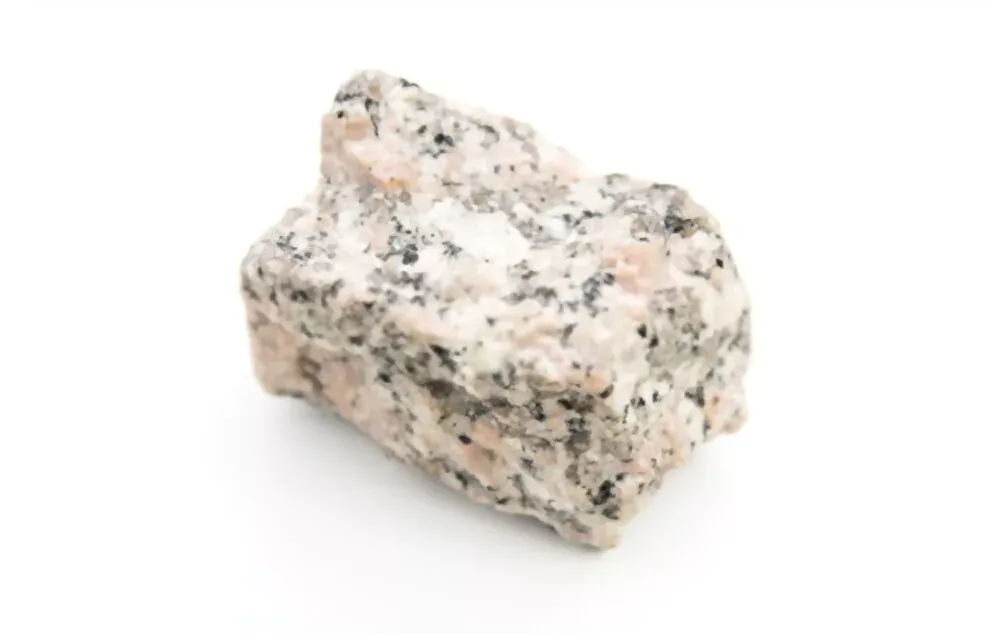
Granite is a great rock for aquariums because it has high calcium and alkalinity levels, which helps to keep the water pH stable. It is also very porous, which means that it has plenty of room for beneficial bacteria to grow.
Granite is a hard rock that is used in aquariums because of its durability and ability to withstand water pressure. It’s also a good choice because it’s inert and doesn’t dissolve in water like other stones. Granite can be used in both freshwater and saltwater aquariums. It also has the ability to filter carbon dioxide, which helps remove dangerous gasses from the water. This makes granite a good option for saltwater tanks and freshwater tanks alike.
Granite rocks are often used as stand-alone stones, but they can also be attached to other decorative pieces in your aquarium by way of adhesive or drilled holes. If you want to place granite rocks on the bottom of your tank, however, you should use something else as an anchor point so that they don’t float around during water circulation.
3- Quartz
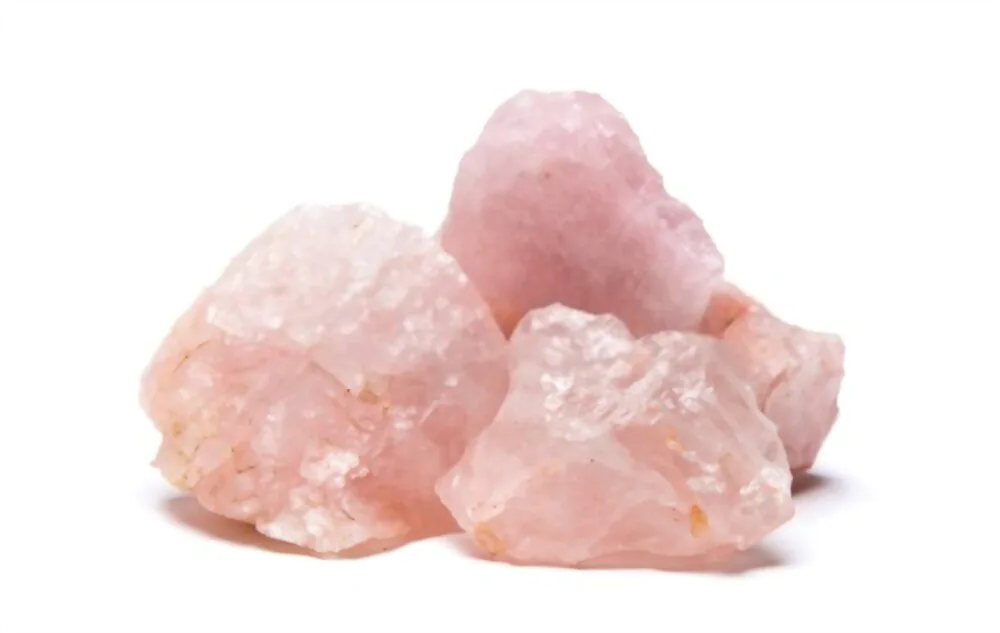
Quartz rocks are very hard and durable. They are also naturally smooth and clear, making them ideal for aquariums. The only downside is that they don’t add much to the look of your tank. In fact, most people tend to prefer other types of rocks in their tanks.
It’s an easy option for beginners and hobbyists. If you want to use quartz as a substrate for your fish but don’t have access to any other type of rock, this is the best option for you.
4- Petrified Wood
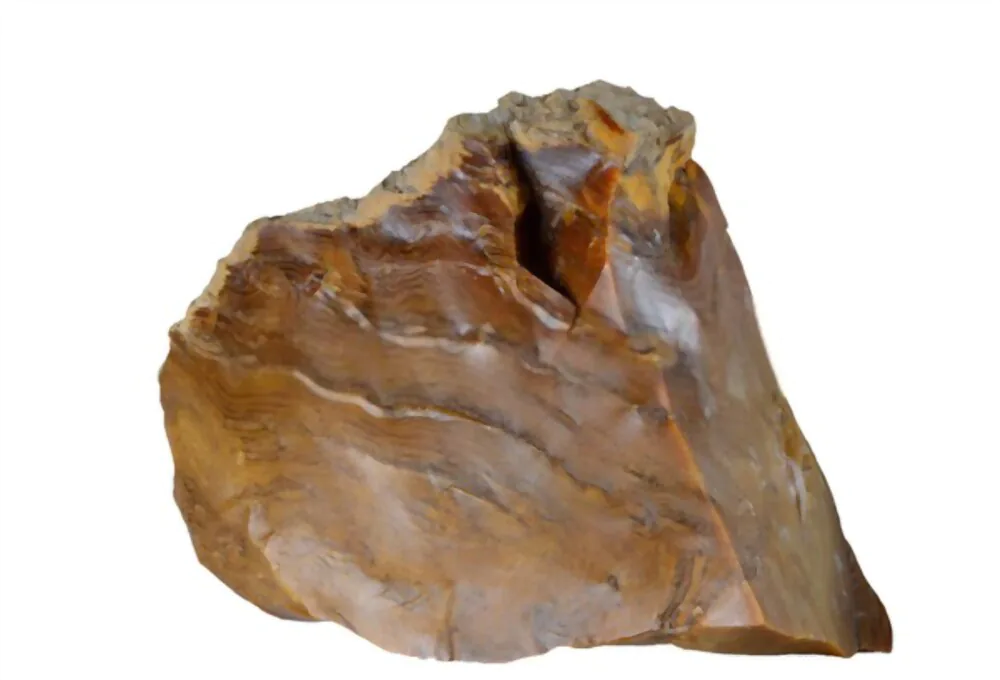
Petrified Wood is the perfect addition to your aquarium. It’s natural, it’s beautiful and it will bring your fish together in a way that no other substance could.
Petrified Wood is made up of fossilized wood that has been turned into stone. The process begins with the death of the tree and its transformation into petrified wood. This can take several years, depending on how fast it fell during that time period. Once it has been turned into stone, the petrified wood will stay in its original shape until it is carved or broken apart.
Petrified Wood can be found all over the world and it is used for many different purposes. It can be used as decoration for any aquarium because it will not dissolve or leach toxic chemicals into the water as many other rocks do. It can also be used to make jewelry or other accessories for yourself or for others as gifts.
List Of Unsafe Rocks For Aquarium
1- Lava rock
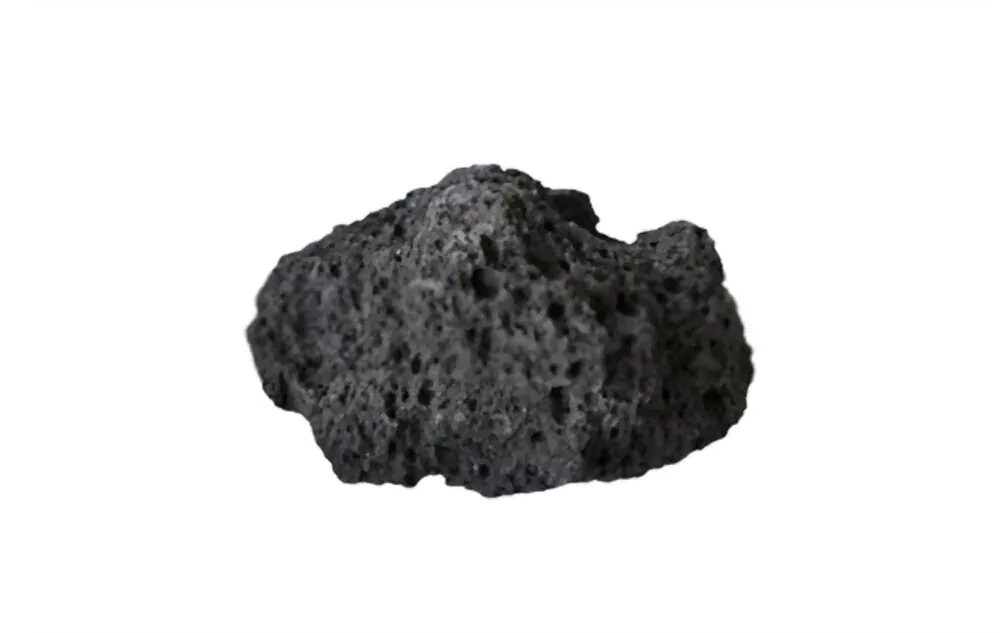
Lava rock is also known as pumice, and while it looks great in pictures, it should never be used in freshwater tanks! Pumice is made up of tiny air bubbles trapped within volcanic rock, and while these may look like they’d be great for your tank because they’re so porous, they’re actually quite dangerous. It also contains high levels of iron. Iron is toxic to fish, so you should never use lava rocks in a fish tank.
Lava rock is not porous enough to allow water to flow through it easily, which makes it difficult to clean. Also, lava rock will absorb CO2 and other gasses in the water column, which can result in poor water quality over time.
2- Marble
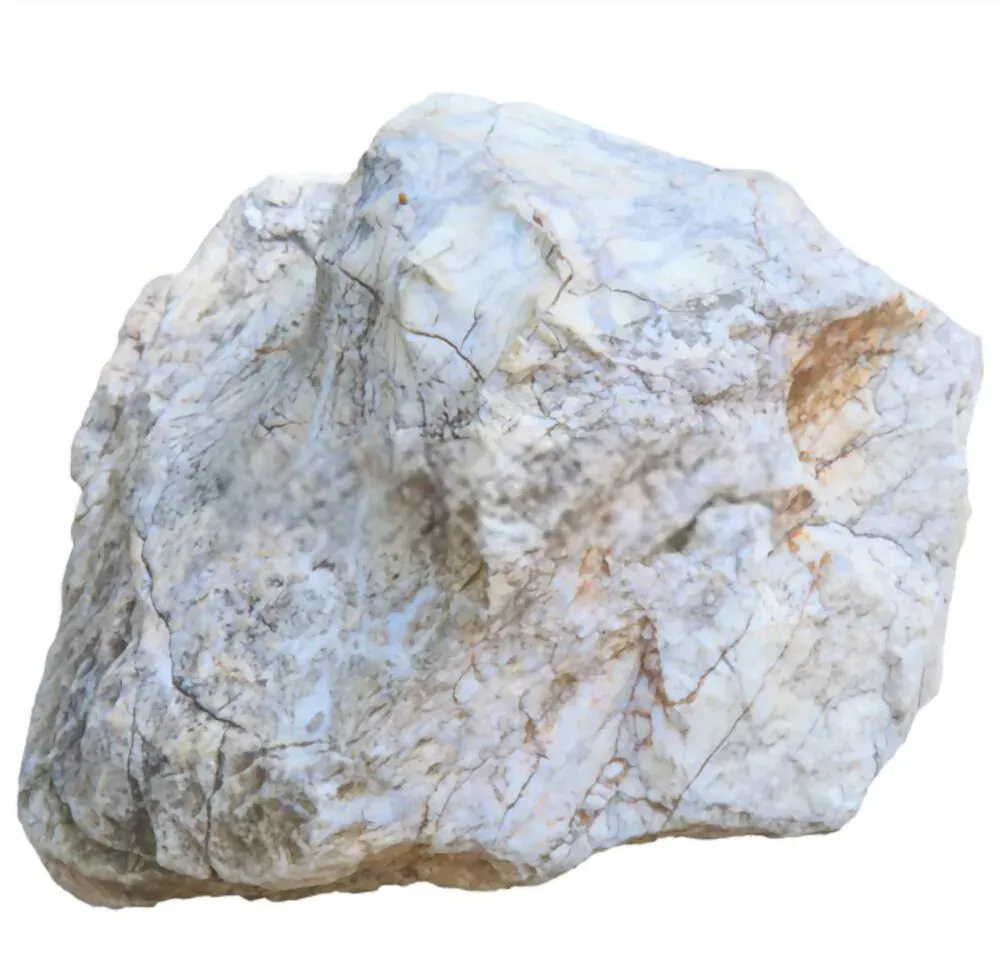
Marble is also one of the rocks which is not safe for aquariums. It can cause calcium pyrophosphate crystal growth (CPPD), which is a form of white spot disease that affects fish. Calcium pyrophosphate crystal growth is caused by the presence of aragonite, which is found in marbles and other rocks used for aquarium decoration.
Aragonite is a soft mineral that can be dissolved by carbon dioxide and bicarbonate ions released during normal aquarium cycling. This causes calcium carbonate to precipitate, forming hard crystals around the rock’s surface. The more aragonite in your aquarium, the more this process will occur and the more likely you are to have CPPD in your tank.
3- Alabaster
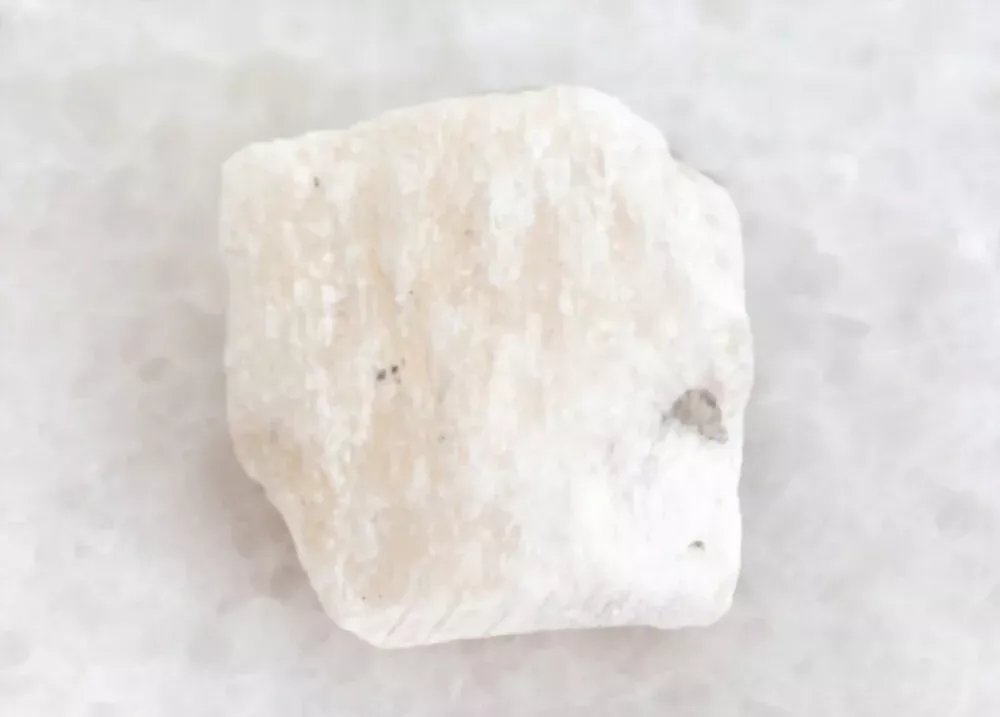
Alabaster is a type of calcite that has been used for hundreds of years as a decorative stone in architectural settings, including monuments and churches. It’s also been used as a flooring material, but its surface is highly porous and will absorb any fluid that comes in contact with it. This makes it dangerous to use in an aquarium because any ammonia or nitrite can come into contact with the alabaster, causing it to break down into ammonium salts and nitrates.
Alabaster also contains high levels of silica which can irritate fish’s gills if they come into contact with it.
4- Dolomite
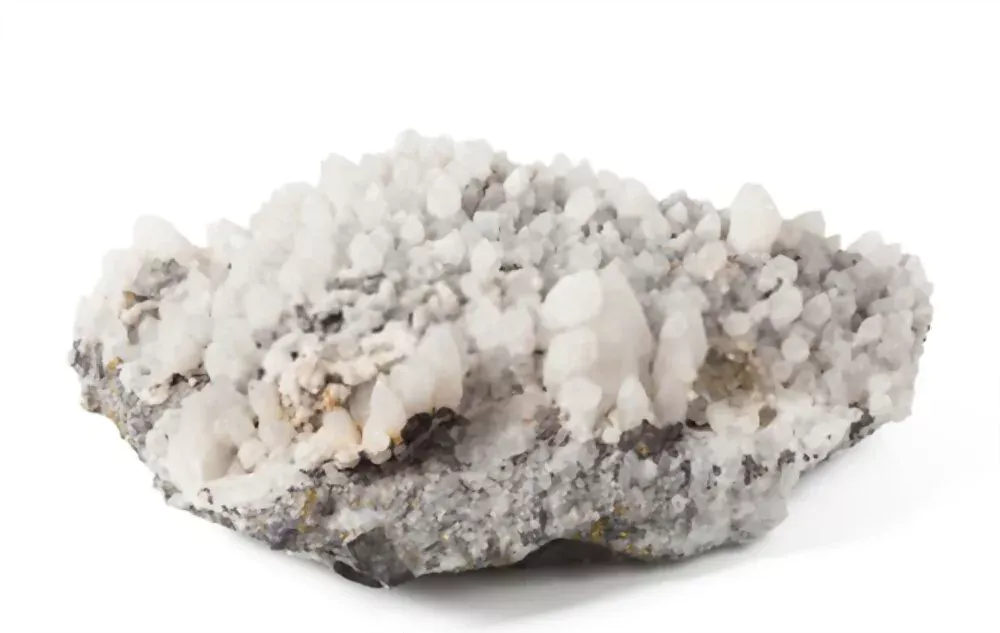
Dolomite is also one of the dangerous rocks for aquariums. It is a sedimentary rock that was formed by the weathering of sedimentary rocks. Dolomite is a type of limestone and contains calcium carbonate. Calcium carbonate can be dissolved in acidic water, which can cause problems with the aquarium’s pH balance.
It is not the only sedimentary rock that contains calcium carbonate in it; there are other types of sedimentary rocks that do as well. Limestone and dolomite are two common types of sedimentary rocks found in nature and they both contain calcium carbonate in them.
Dolomite is usually found in sedimentary rocks like limestone or marl, but it can also be found in igneous rocks such as granite, gabbro, and basalt as well as metamorphic rocks such as quartzite or schist.
5- Limestone
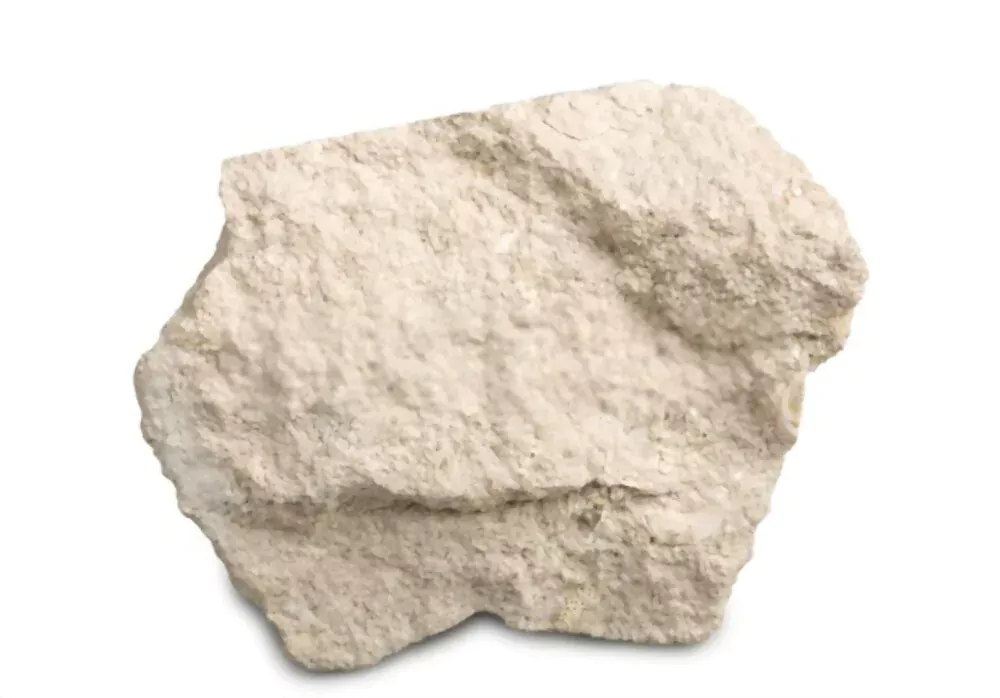
Limestone is dangerous for aquariums because it can be sharp, it can stain the aquarium and it will dissolve in water. It is a rock that contains calcium carbonate, which makes it look like marble or chalk. It’s used in limestone caves and for making concrete, but it can also be used as a decorating material.
Limestone has been used to make concrete for centuries, but because of its hardness, you need to add other materials to make it workable. Limestone dust is what you want to avoid when you’re looking for aquarium rocks: It can cut glass and cause damage to fish and other aquatic animals.
How To Find Aquarium Safe Rocks
Here are a few tips that you should keep in mind while purchasing new rocks for your aquarium.
1- Look For Smooth, Porous Rocks
If you’re looking for safe aquarium rocks, you want to look for smooth, porous stones. These will be the easiest to clean and maintain. You can also find some that have a slight crater in them, which will make them easier to attach plants too.
2- Avoid Rocks With Red, Brown, Or Yellow Stains
Avoid rocks with red, brown, or yellow stains. These rocks contain high levels of iron oxide, which can stain aquarium water and make your corals sick. Iron oxide is also toxic to plants and may kill them if they come into contact with the water.
3- Avoid Rocks With Unknown Origins
Always avoid rocks with unknown origins. Some aquarium stores may sell aquarium-safe rocks that have been dropped into a local river or stream, but you should be cautious. You don’t want to end up with toxic chemicals in your tank.
The best way to find out the type of rock you need is to ask your fish store or search online for information about the particular kind of rock you want. You can even call a company that sells aquarium supplies and get them to help you find the perfect rock for your tank.
4- Never Buy Anything That Has Been Painted
Painted rocks are often found in aquarium stores, and there’s no reason to buy them. They may look pretty, but they’re not the safest rock choices for your fish tank.
Rocks are much more likely than gravel to break apart and become dangerous for aquariums. This is because they’re usually made of porous material like granite or slate, which means that water can seep through them easily. If a rock breaks off in your aquarium, it could spill out harmful chemicals as well as make a mess on the floor of your tank.
Many people also think that painted rocks will help keep algae growth down in their tanks. However, this is not the case, painted rocks do not repel algae any better than unpainted ones do!
5- Remove Any Loose Dirt On Rock
This will make it easier to spot rocks that are safe for your aquarium. If you can’t remove the dirt, use a paintbrush or toothbrush to scrub the dirt off of the rock.
6- Clean The Rock With Soap And Vinegar
The first step to cleaning your new aquarium rocks is to clean them. Remove any dirt or algae from the surface of the rock by scrubbing it with a washcloth or sponge. Next, pour some white vinegar over the rock and let it sit for about 15-20 minutes. This will allow the acid in the vinegar to eat away at any unwanted substances on your aquarium’s rocks. Rinse off the vinegar with clear water, then dry off each piece of rock with a towel before placing it into your aquarium.
Are River Rocks Safe For Aquariums?
Although Aquarium rocks are one of the important elements of your aquarium because they are great for keeping the plants in place and they give your fish places to hide. But river rocks are not safe for aquariums because it contains calcium which can cause problems for your fish.
River rocks contain high amounts of calcium, which is toxic to aquarium fish. The high level of calcium can be harmful to your fish’s kidneys and bones as well as their gills and fins. This can cause stress and irritation to your fish, which could lead to death.
How To Make River Rocks Safe For Aquarium?
Follow these steps to prepare river rocks for your aquarium:
1- Determine how many rocks you need for your aquarium.
2- Buy river stones that are the right size for the aquarium and remember to buy extra.
3- Rinse the stones with water from a bucket to remove any loose dirt, debris, or silt from their surface.
4- If your rocks are porous or have been sitting on a shelf for some time, you may need to boil them.
5- Boil river rocks for 15 minutes in a large pot on the stove.
6- Pour out the dirty water and rinse the river rocks again with clean water.
7- If you have a lot of stones, you can use a big tub or even an outdoor garden pond to soak them overnight.
8- Check if the water is discolored and if there is residue on the bottom of the container.
9- If water is discolored and there is no residue left then they are ready to be put in the aquarium.
Are Outdoor Rocks Safe For Aquariums?
Similar to river rocks, outdoor rocks are also not safe for aquariums because they also contain calcium which can be harmful to your fish. You should use only suggested rocks such as granite and quartzite. These rocks are free from any harmful chemicals and hence your fish will not suffer from any diseases or infections due to this.
How To Keep Rocks Clean In Fish Tank?
The most important thing when it comes to keeping rocks clean is that you need to vacuum them regularly. You can do this by using a small canister vacuum cleaner and cleaning the tank as you would any other place in your house.
If you have a large tank, it is best to use an air pump and blow air through the rocks every few days. This will help to remove any debris that may be stuck between the rocks and make them easier to clean.
If your rock is stained or dirty, there are many ways that you can get rid of the stains and keep the rock clean without having to replace it altogether. The first thing that you should do is rinse it off with water until the water runs clear before rinsing again with a stronger cleaner such as baking soda or vinegar. After this process has been completed, hang the rock up to dry completely before replacing it in your tank.
Another option for cleaning staining from rocks is placing them upside down in a container filled with hot water overnight which will cause all of the dirt and stains to float out of the rock into an easily removable form.
Conclusion
Stones can be the best of your decoration in your aquarium in the form of sand, gravel, and rocks but sometimes we could not differentiate between one rock and another one. But before adding the rock to your aquarium, you should know what type of rock is it, and if it could damage the health of your fish or other creatures in the aquarium.

